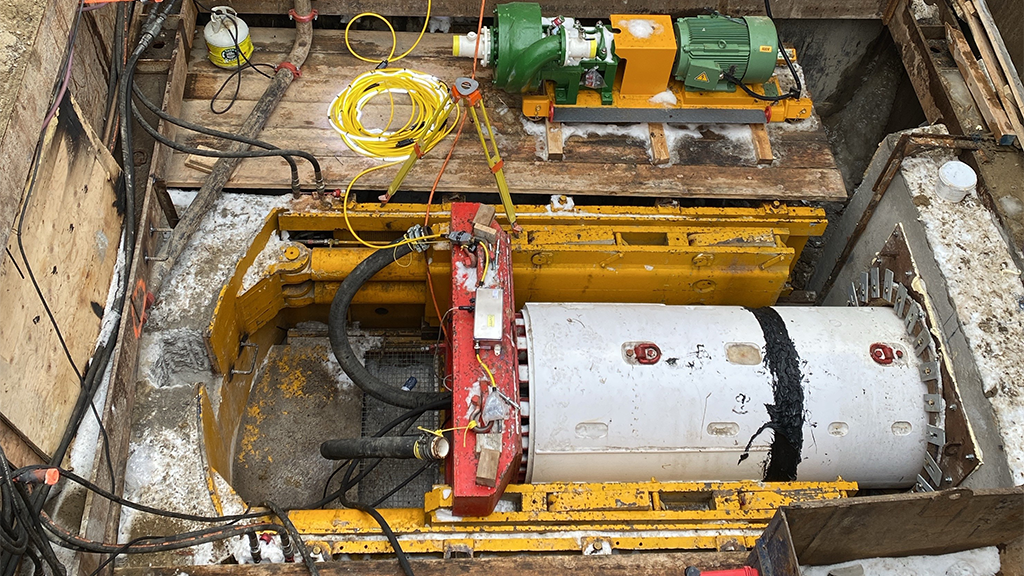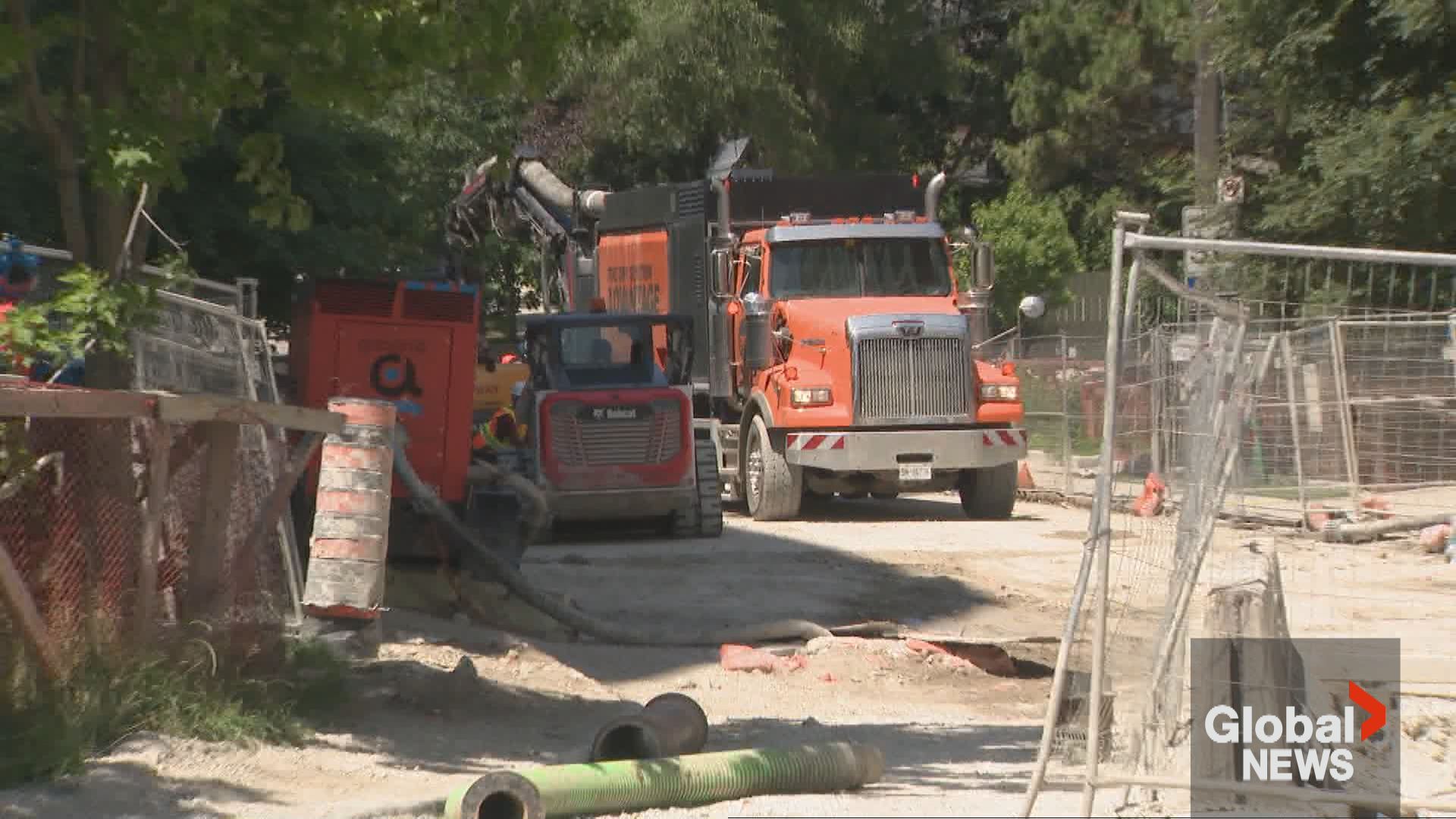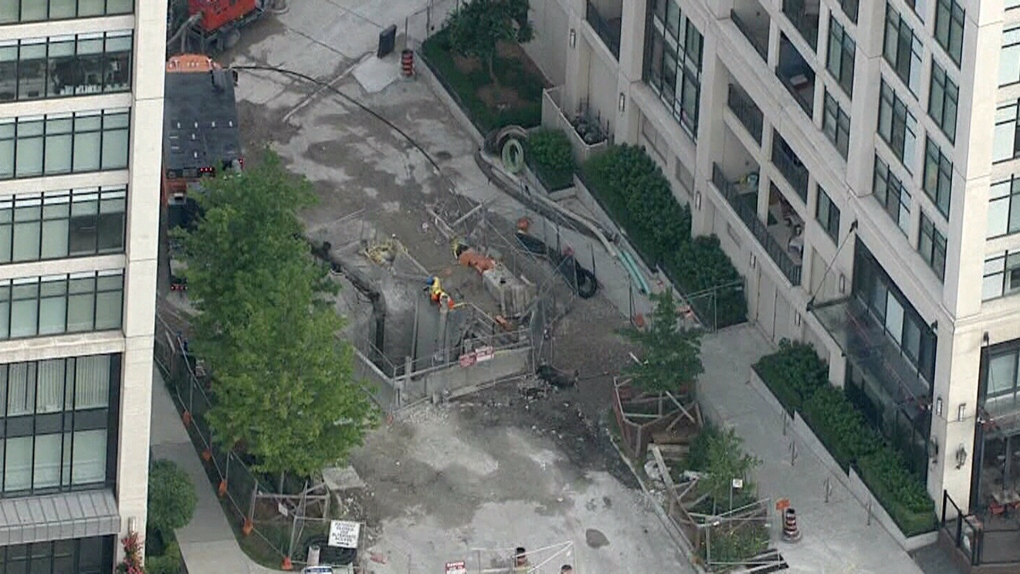Boring Machine Rescue Nearly Triples In Price In Toronto: Up to $25 Million
The boring machine rescue nearly triples in price. Significant obstacles and failures have been encountered throughout the multimillion-dollar boring machine’s rescue effort from beneath Old Mill Drive in Toronto’s west end. The price to remove the detained equipment has nearly quadrupled, rising from $9 million to a startling $25 million, according to a recent municipal report. The project’s timeframe has also been extended by around six months as a result of unexpected delays. The requirement for considerable soil stabilization and greater groundwater intrusion are factors that city personnel attribute to these problems. The rising expenditures and protracted rescue missions bring to light the difficulties associated with such subterranean operations.

Boring Machine Rescue Nearly Triples In Price
The $3 million micro-tunneling boring equipment was to be freed, but the first plan to do so proved to be more difficult than expected. The site has been contaminated by excessive groundwater, which has slowed down construction and made extra steps for good soil stabilization necessary. These unanticipated difficulties have caused a series of delays and an exponential rise in project expenditures. City officials have expressed surprise and alarm about the revised cost estimate of $25 million, which is more than the original estimate of $9 million. The necessity for specialized equipment, longer workdays, and the acquisition of extra resources to address the groundwater infiltration problem are only a few of the causes of the skyrocketing costs.

The city’s budget is being heavily burdened by the escalating expenses, which cast doubt on the project’s initial viability assessment. The lengthy timescale for the rescue effort, which has already been stretched by around six months, has upset both locals and authorities. Since early spring, the machine has been stuck beneath Old Mill Drive, disrupting traffic and annoying nearby businesses and homeowners. The unforeseen delays not only prevented the rescue effort from being completed but also resulted in extra expenses for road closures and other forms of transportation. The issues posed by groundwater intrusion and the requirement for soil stabilization have been met head-on by city employees.

Advanced pumping technologies have been used to address the groundwater problem, and specific geotechnical measures are being applied to maintain the integrity of the surrounding soil. These initiatives are made to hasten the rescue operation and prevent any additional expense growth. Given the ongoing difficulties and risks associated with subterranean operations, the project’s future prognosis is still unknown. City authorities are committed to seeing the rescue effort through to the end, nevertheless. To overcome the difficulties they have thus far discovered, they are continuously investigating novel ways and consulting industry leaders.






